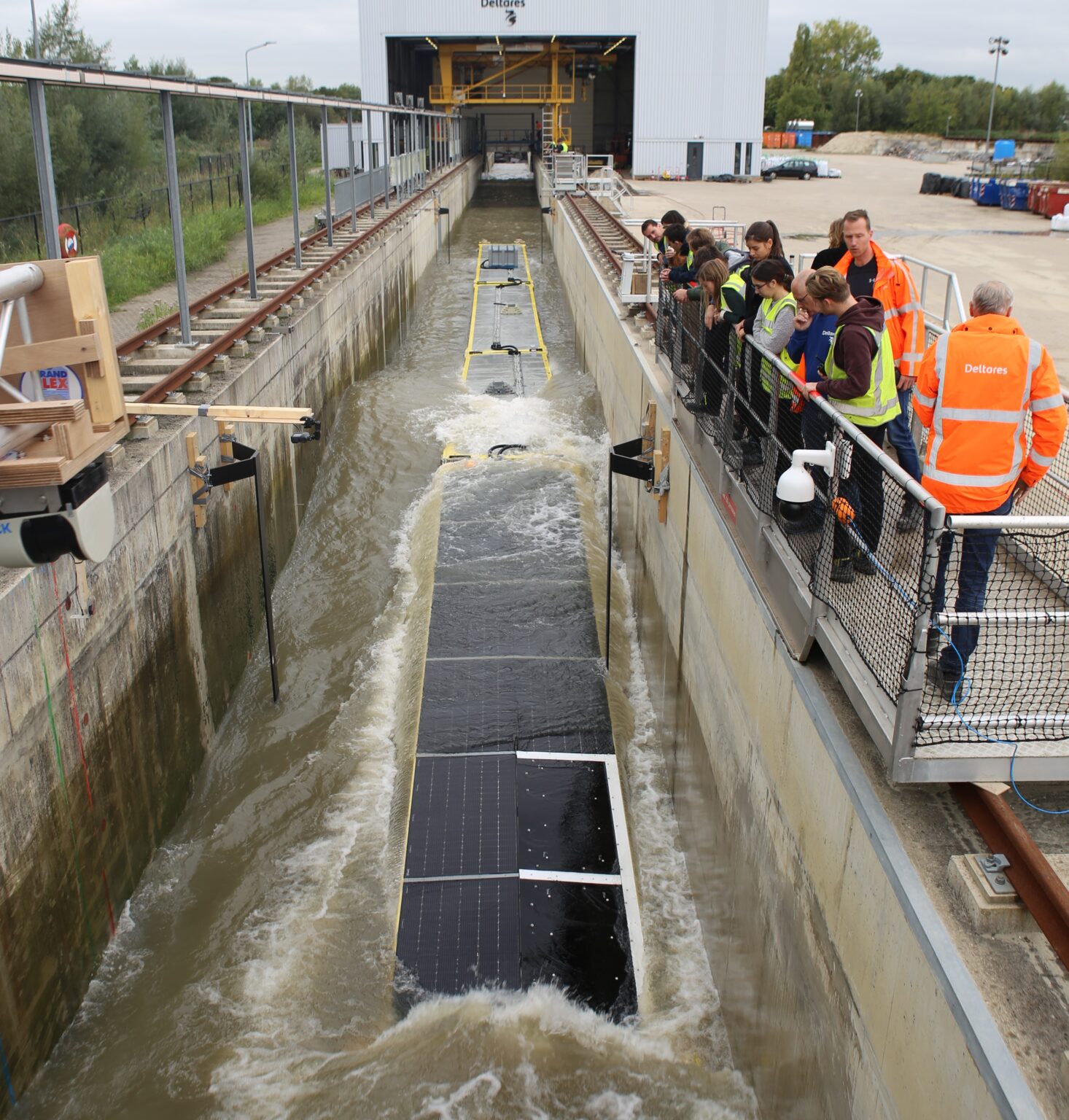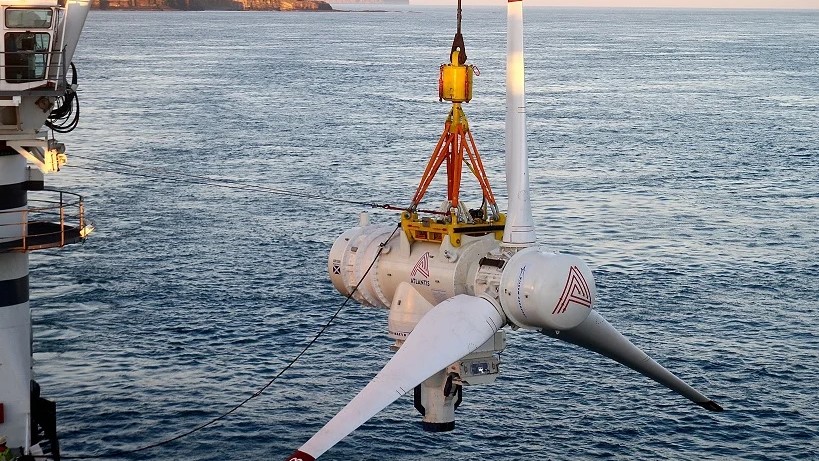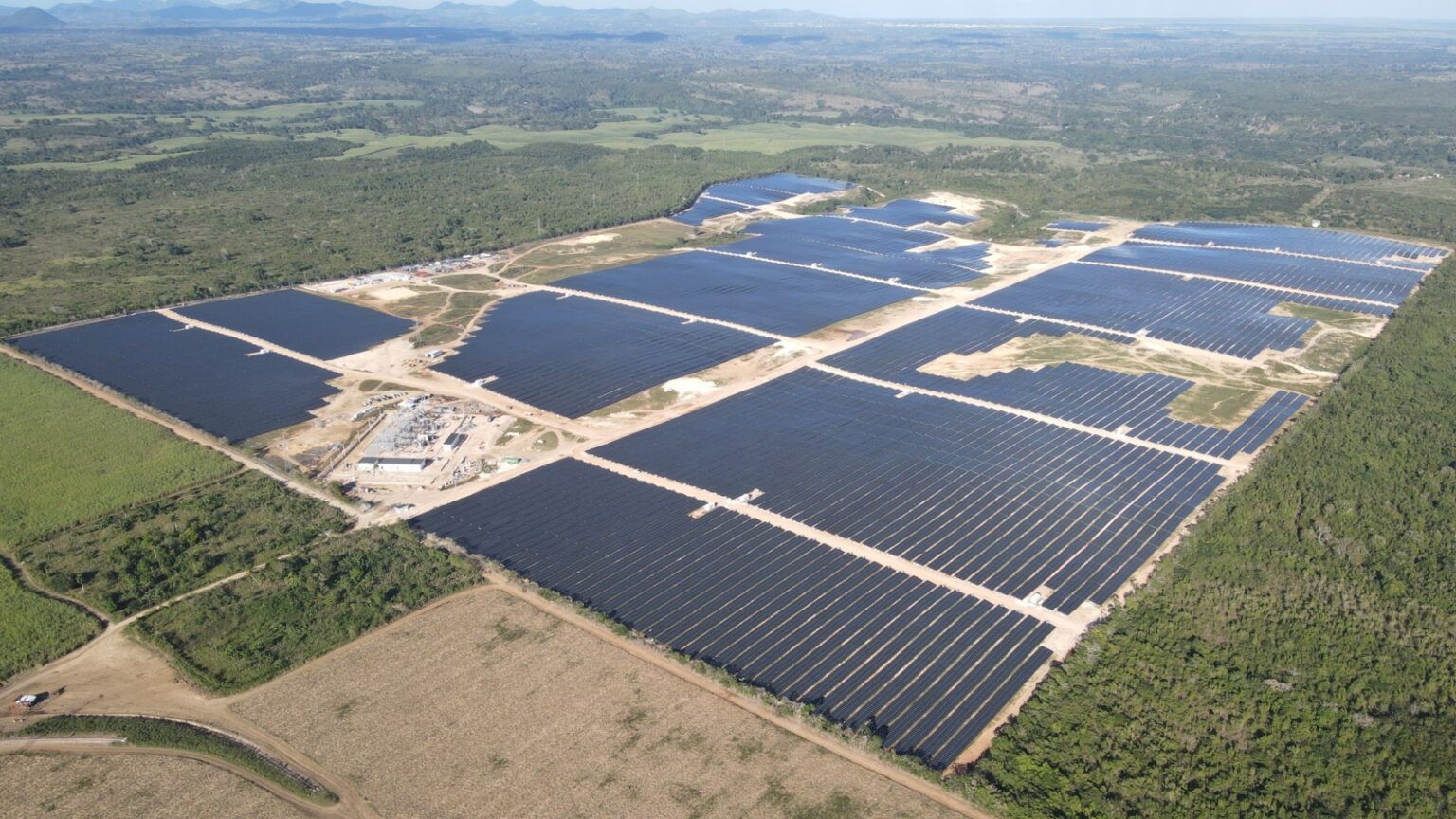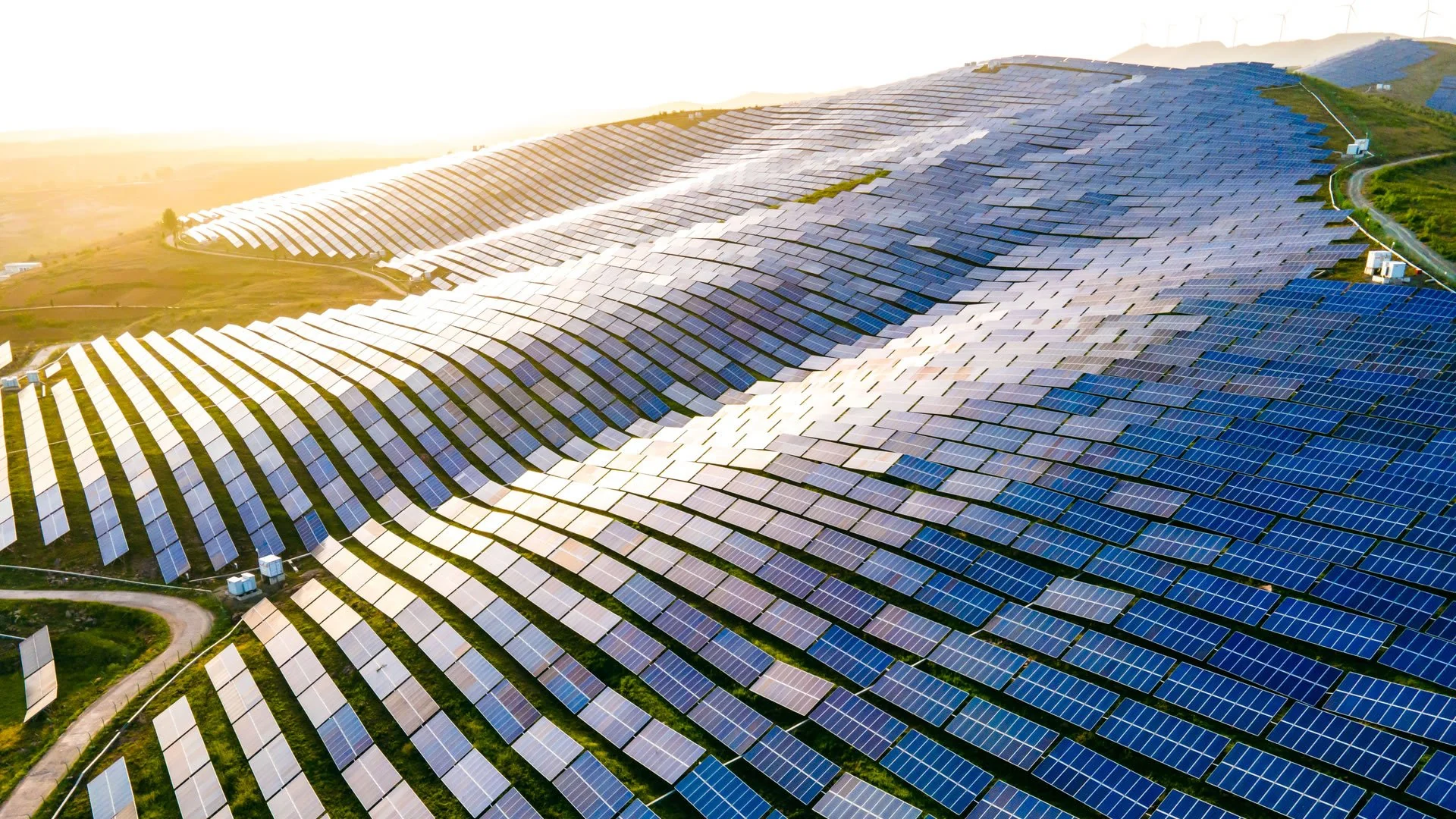The Netherlands Organisation for Applied Scientific Research (TNO), Dutch offshore PV specialist Oceans of Energy, technological institute Deltares and Norwegian classification society DNV announced that they have conducted for the first time a “unique” testing activity of offshore PV technologies at the Delta Flume, which is a 300-m long flume capable of producing the world's largest artificial waves, with a height of up to 5 m.
“This attendance was crucial for enhancing DNV’s understanding of the structural and mechanical demands of these systems, exploring how testing activities can aid in developing offshore solar certification, and sharing insights gained from the project,” Oceans of Energy said in a statement. “By simulating offshore conditions, the tests provided valuable data on how these systems react to different wave conditions based on floater length.”
According to the company, the NS2 Delta Flume tests have revealed how offshore PV plants may endure the difficult harsh conditions of the North Sea, where it has built several pilot systems and is planning to deploy around 150 MW of capacity. “This collaboration together with Deltares, TNO, and DNV is of large importance in making progress towards certification of offshore solar.” said Fabian Koppes, Head of Product, Oceans of Energy “The learnings have contributed to industry success stories including the uptake of our offshore solar system by Shell & Eneco in the Crosswind’ Hollandse Kust Noord offshore wind farm in Summer 2025.”
The results of the tests at the Delta Flume facility were presented by TNO, Deltares and Oceans of Energy in a white paper, where the researchers explained they conducted full-scale hydrodynamic tests of Oceans of Energy’s offshore solar platform array and wave slamming tests of fixed PV-mounting and PV modules. “The hydrodynamic test revealed a relation between the system’s response to varying wavelength and floater length,” the report reads. “The wave-slamming test aimed to investigate potential performance degradation of PV modules but revealed no sign of degradation.”
Oceans of Energy's platform was made of four lightweight rigid floaters that can be integrated into offshore solar arrays by an ‘interconnector’ component, with the structure being formed by rigid structures and a flexible part. A special mounting solution is adopted to enable this system configuration and prevent the slamming waves from breaking the PV module glass.
The scientists used a mooring system of fiber ropes and chains to maintain the floating array in position, with the mooring system being bolted to the bottom of the Delta Flume. The floaters were equipped with load cells measuring mooring line loads, strain gauges on the
platforms, pressure sensors, and inertial measurement units to measure the acceleration and gyration of the platforms. The sensors were then connected to an onboard acquisition system coupled with the Delta Flume data acquisition system. Camera equipment was utilized to assess the behavior of the floating array during different wave conditions.
“The wave heights tested in the Delta Flume ranged from 0.25 m up to 2.50 m, with wave periods varied between 2 to 16 s. This provided significant loading conditions on the floating platforms, corresponding to waves that may occur several times per year in the North Sea,” the white paper reads. “The outcomes of the Delta Flume tests are used to validate numerical models that can subsequently be used to compute loads under more extreme design conditions.”
The research project is intended to standardize testing and certification processes for offshore PV technologies. “These standards are under development and will contribute to ensuring that offshore solar farms can be deployed safely, cost-effectively, and with long-term stability,” the group of companies and research institutes said.
According to a recent report from DNV GL, the North Sea may host around 100 MW of floating solar capacity by 2030, and 500 MW by 2035.









